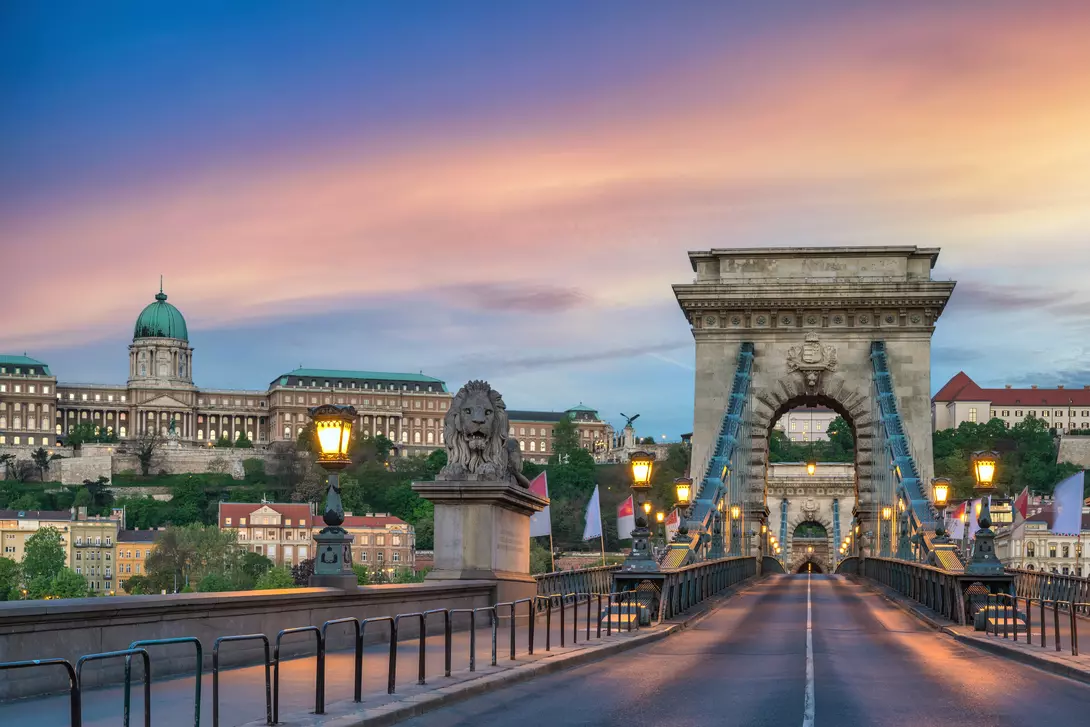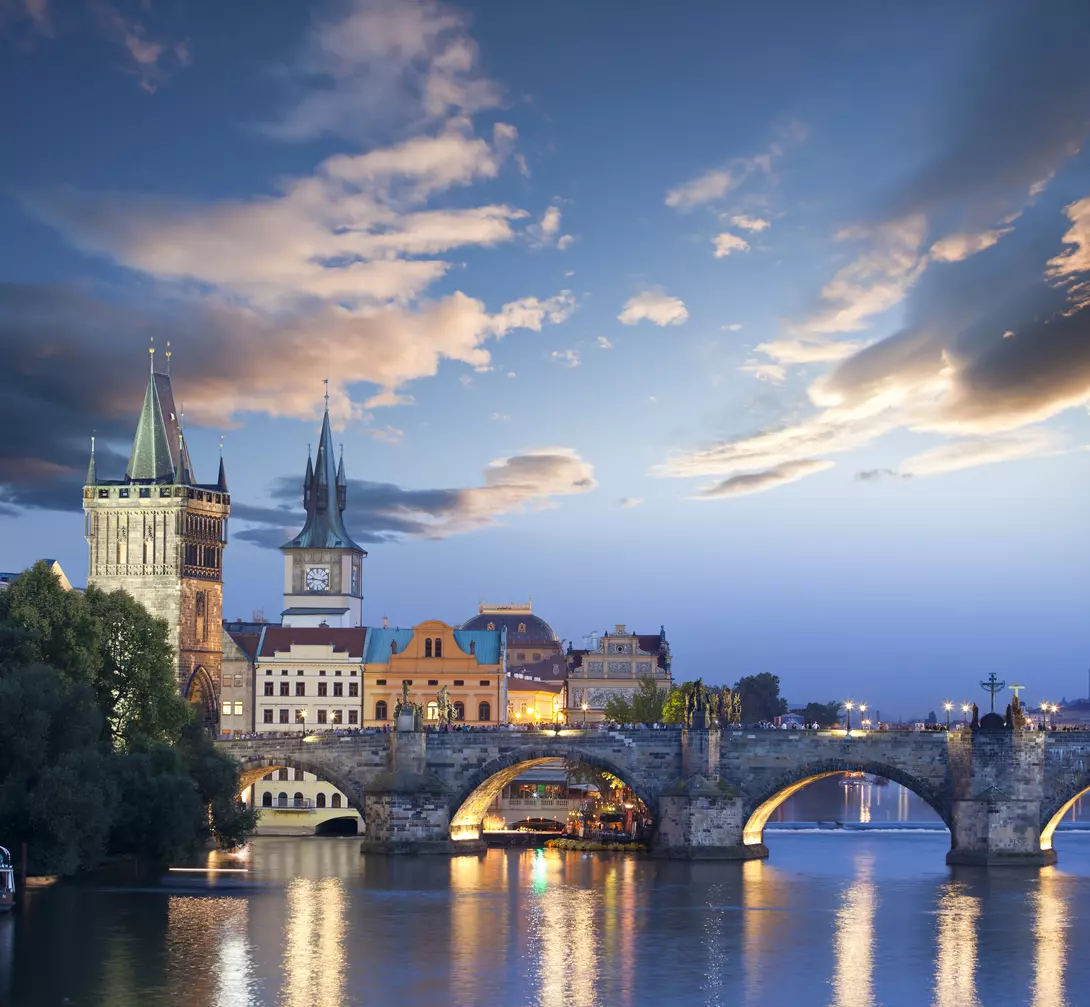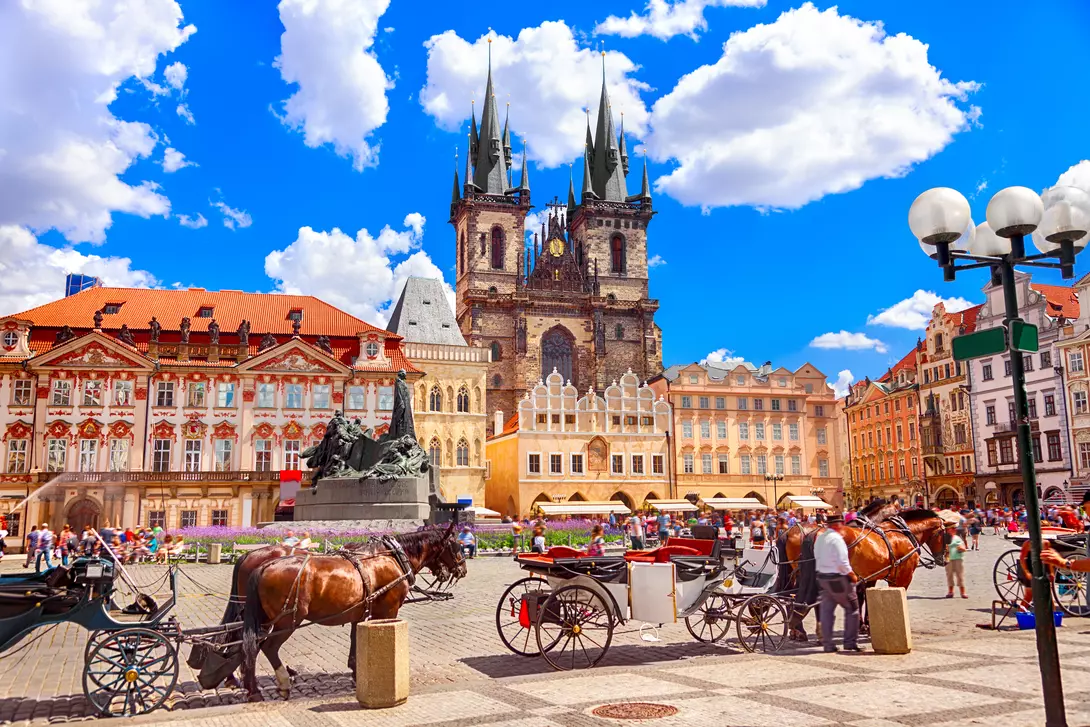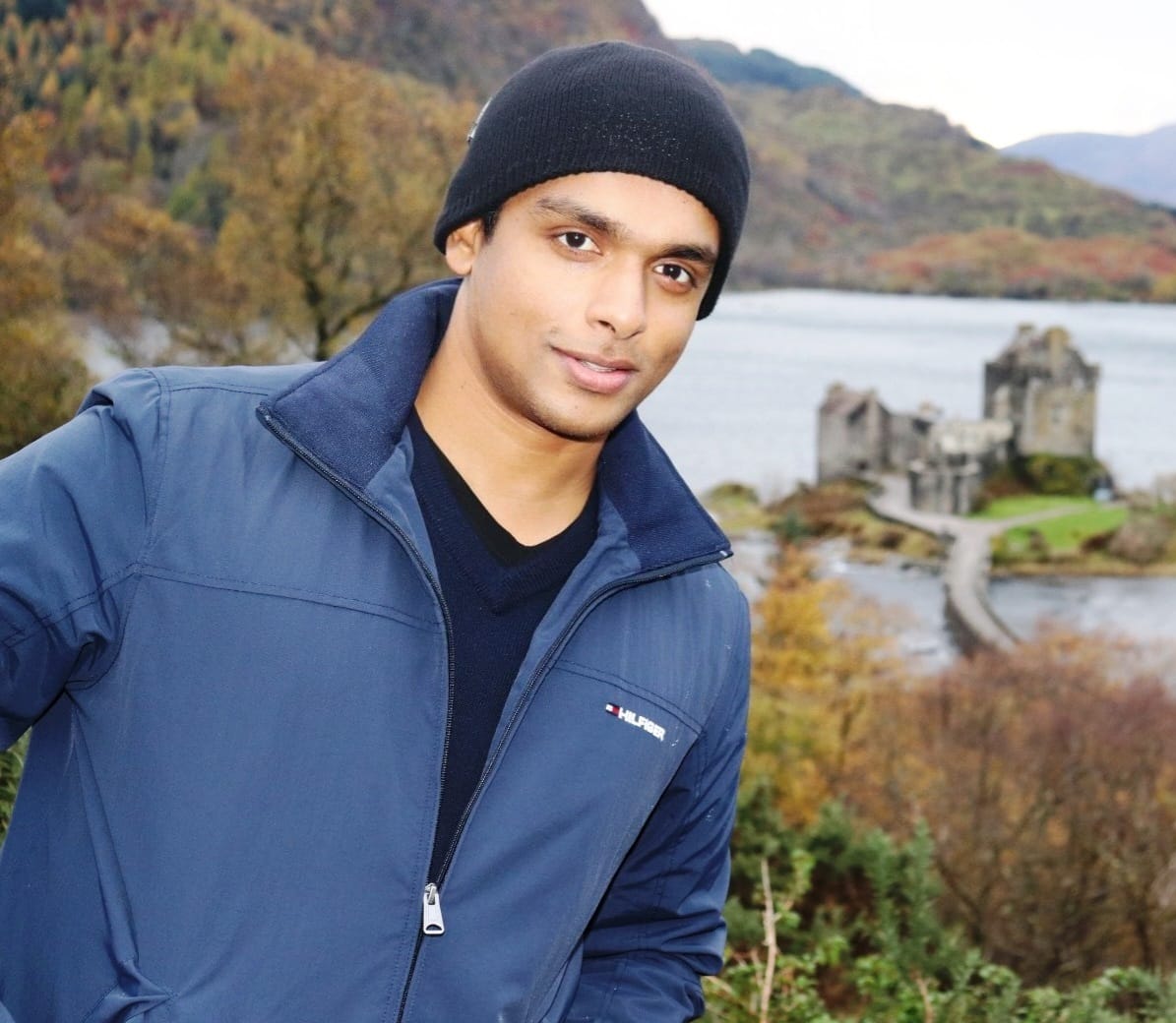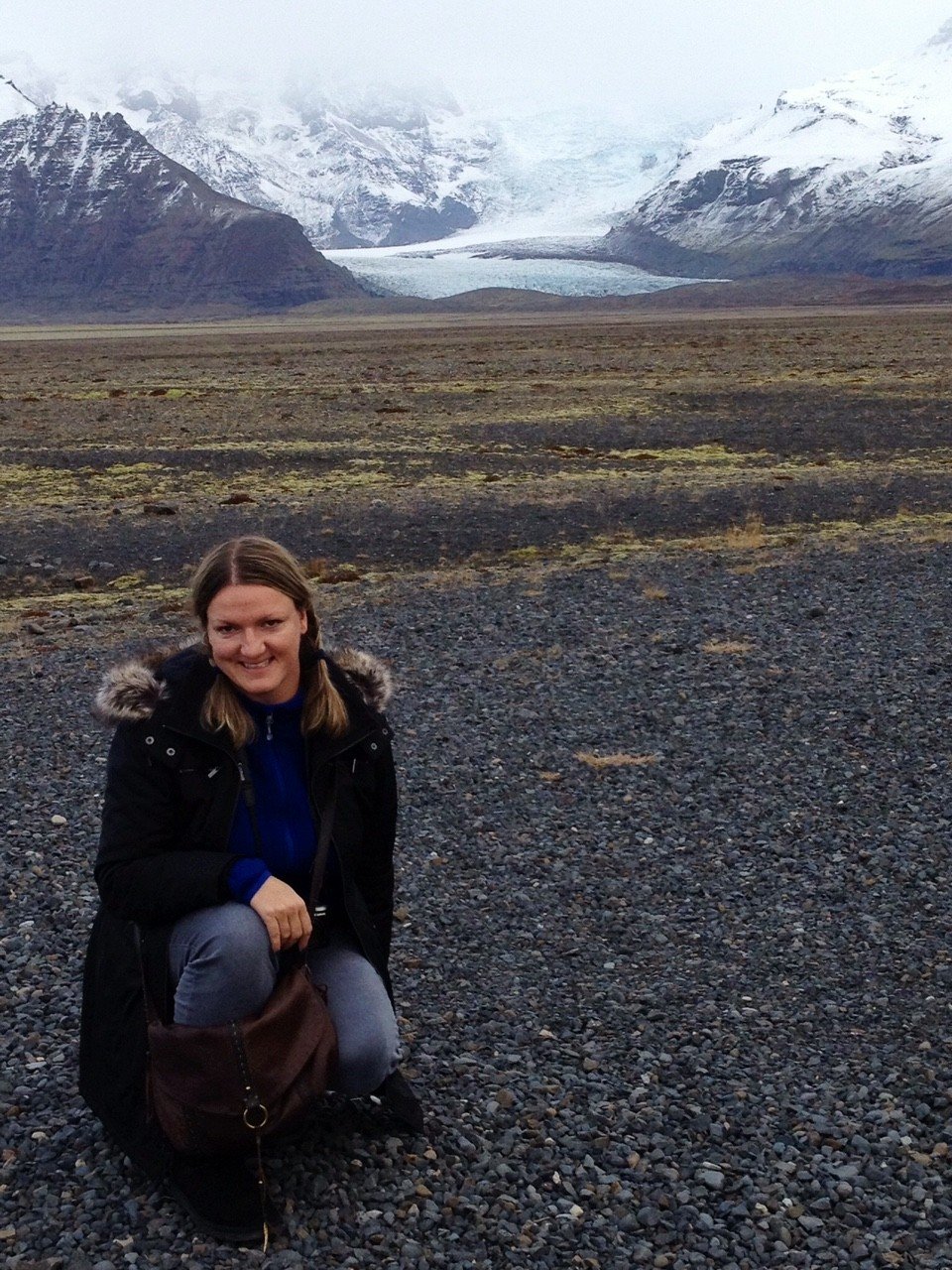The best time to visit Czechia is from April to October. Spring and fall offer mild weather and fewer crowds, perfect for sightseeing and wine festivals. Summer is lively with events and long days, though attractions and cities are busier. If you love festive charm, December offers Christmas markets and snow-dusted towns.
Discover Tailor-Made Czechia Vacations
Visiting Czechia is like stepping into a fairytale where Gothic spires, Baroque palaces, and Renaissance charm blend seamlessly
With Goway’s tailor-made vacations, you can dive deep into the culture, history, and natural beauty of this Central European gem. Start your journey with a sunrise stroll across Prague’s Charles Bridge, then explore the city’s majestic Old Town and catch a classical concert in a grand historic theatre. Head south to Český Krumlov, a UNESCO-recognized town that feels frozen in time with its winding cobblestone streets and captivating castle views. Goway's experts craft personalized itineraries that can include tours of iconic castles like Karlštejn and Hluboká, or even a private brewery experience in Pilsen, home of the original Pilsner. For nature lovers, hiking the dramatic sandstone cliffs of Bohemian Switzerland National Park is a must.
Every moment in Czechia is enchanting. With Goway, each one is designed specifically for you. Start planning your tailor-made Czechia journey with one of our Destination Specialists today.
Featured Highlights
- Private walking tours of Prague’s historic districts
- Exclusive access to the Pilsner Urquell Brewery in Plzen, birthplace of modern beer
- Day trips to spa towns like Karlovy Vary
- Wine tastings in Moravia’s vineyards
- Cycling tours through the Bohemian countryside
- Exclusive castle and palace tours
Featured Czechia Trip Ideas
Czechia (the Czech Republic) is a country where fairy-tale castles, charming towns, and dramatic landscapes come together in perfect harmonyChoosing a tailor-made vacation lets you explore it all at your own pace with flexible itineraries that blend history, art, culture, and nature. Whether you’re a couple seeking romance, a family looking for exciting new adventures, or a group of friends chasing culture and charm, a personalized Czechia journey offers something unforgettable for everyone. Enjoy exclusive private tours, stay in charming boutique hotels, and dive deep into authentic local experiences that go far beyond the guidebooks.
With expert planners designing every detail, you’ll discover the real Czechia, from the storybook streets of Prague and vineyards of Moravia to the forests of Bohemia and various elegant spa towns. “I love how well preserved the historical towns are,” Destination Specialist Bo Trkulja says. “Many escaped the ravages of war and still have their original architecture, creating a dreamy, fairy-tale-like landscape of impressive castles and winding cobblestone streets.”
Read More
European Sampler: Prague, Berlin & Amsterdam
Amsterdam, Berlin, Berlin Wall Memorial, Brandenburg Gate, and PragueExperience Prague & the Countryside
PragueTimeless Elegance: Prague & Budapest
Budapest, Fisherman’s Bastion, and PragueEscape to Prague
PraguePrague, Vienna & Budapest: Central Europe Journey
Vienna, Schönbrunn Palace, and PragueDon't see the
perfect trip idea?
Request a custom quote.
Turn your travel dreams into reality with Goway. Our customized vacations take travellers to all corners of the world.
What do Goway's travellers say?
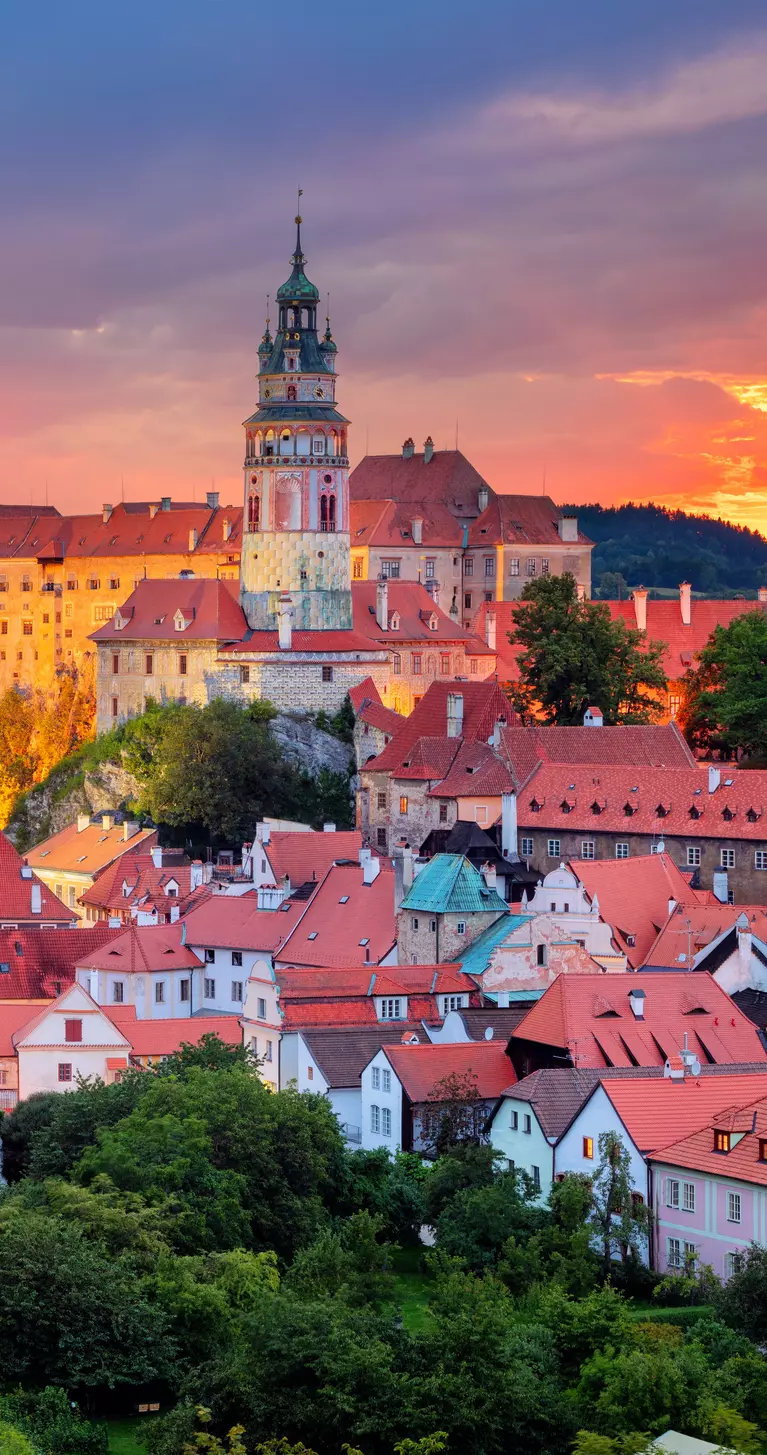
Get to know Czechia before you go.
Best Time To Visit
Czechia is a year-round destination, each season offering its own unique charms.
Spring (April to June) is ideal for exploring blooming gardens and castles, with mild temperatures and fewer crowds. It’s a great time for peaceful walks through Prague’s historic streets or a getaway to the countryside.
Summer (July to August) brings lively festivals, long sunny days, and open-air concerts. It’s perfect for cultural events and exploring the outdoors, though popular tourist spots like Prague can get crowded.
Wine lovers appreciate fall (September to October) for its harvest festivals and colourful vineyard views. The crisp air and vibrant foliage also make it an ideal time for hiking and photography.
Winter (November to February) transforms towns into magical snow-dusted scenes, with festive Christmas markets, mulled wine, and glowing holiday lights. Whether you're wandering a medieval square or cozying up in a mountain resort, Czechia at this time of year is a picturesque winter wonderland.
Let us help you choose the perfect season for your Czechia adventure.
What do the experts say?
Prague and the surrounding Bohemian lands were significantly influenced by Austria’s Habsburg dynasty. There are several medieval gems in the country but Prague is the true pinnacle. It's an incredible city with so much culture and history
When visiting Prague, I would suggest the restaurant Pivovarsky Klub Benedict for traditional Czech food like pork knuckle and many other dishes
I love how well preserved the historical towns are. Many escaped the ravages of war and still have their original architecture, creating a dreamy, fairy-tale-like landscape of impressive castles and winding cobblestone streets
Spa culture in the Czech Republic dates back to the 14th century and many towns preserve their old-world architecture, giving you a serene and picturesque setting. My top picks include Karlovy Vary, Mariánské Lázně and Františkovy Lázně.
Places To Go
Handcrafted journeys to our most popular places to visit in Czechia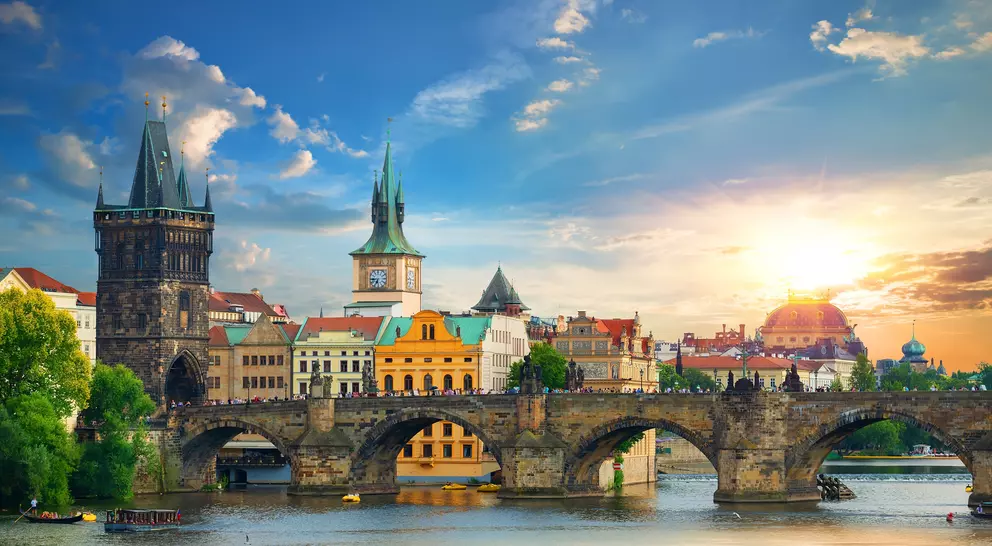
Prague
The Czech Republic is a small landlocked country situated south-east of Germany bordering Austria...
The Czech Republic is a small landlocked country situated south-east of Germany bordering Austria to the south, Poland to the north and Slovakia to the south-east. It is not a large country but has a...
Travel Styles
Explore Czechia by Travel Type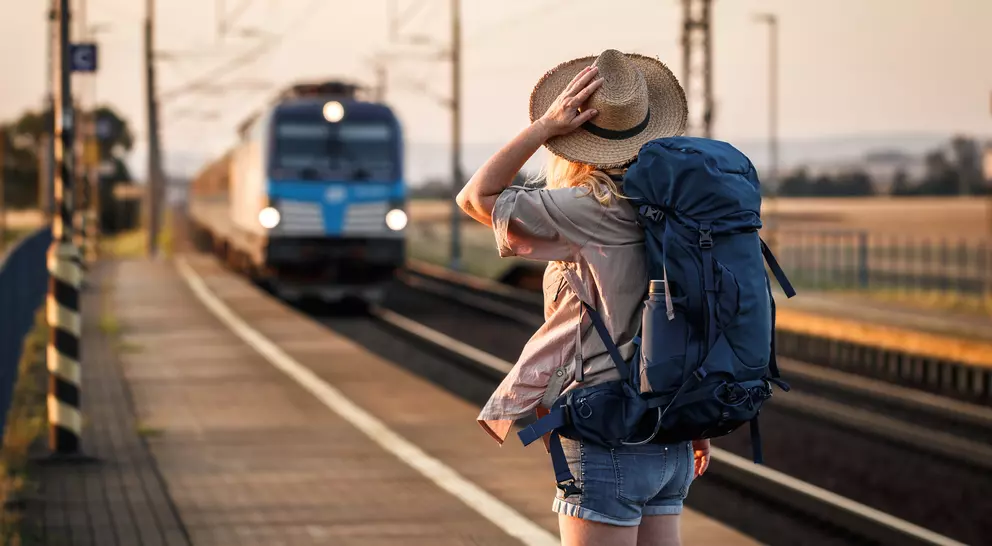
Ways to Travel
Discover your perfect travel style—crafted for every dream and journey.

Themes
Immersive adventures shaped by passion, such as food, culture, wellness, and wild discovery.
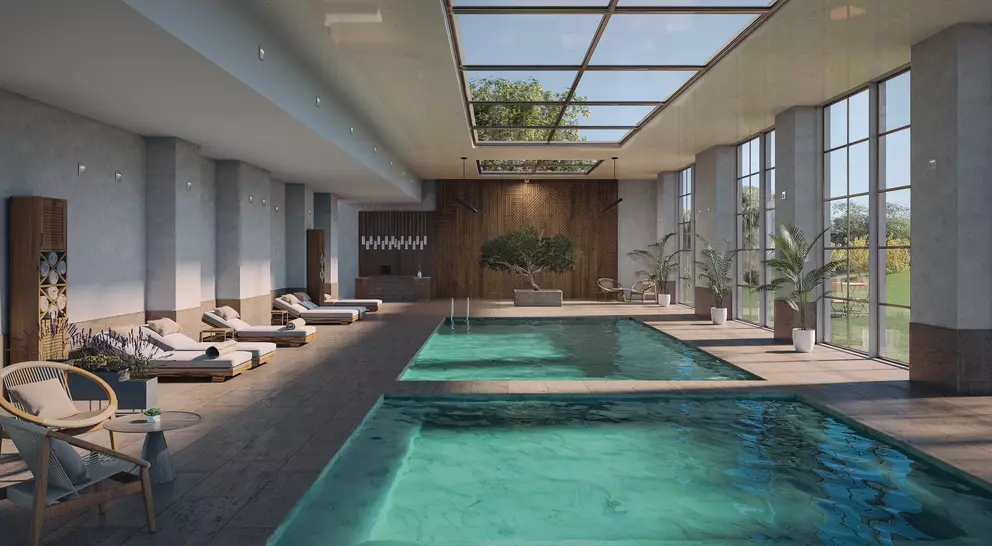
Collections
Curated journeys that capture the spirit, beauty, and essence of travel.

Ways to Travel
Discover your perfect travel style—crafted for every dream and journey.

Themes
Immersive adventures shaped by passion, such as food, culture, wellness, and wild discovery.

Collections
Curated journeys that capture the spirit, beauty, and essence of travel.
Frequently Asked Questions
What is the best time to visit Czechia?
How many days should I spend in Prague?
Ideally, you’ll want to spend at least three to four days in Prague to explore highlights such as Prague Castle, Charles Bridge, Old Town Square, and the Jewish Quarter. Add a day or two if you want to add day trips to popular tourist spots like Kutná Hora or Karlštejn Castle.
Do I need a visa for Czechia?
If you're from the EU, the UK, the United States, Canada, Australia, or many other countries, no visa is required for short stays up to 90 days. Czechia is part of the Schengen Area, so standard Schengen visa rules apply. It’s smart to always check current requirements well before your departure.
What is Czechia famous for?
Czechia is famous for its fairy-tale architecture, Gothic and Baroque landmarks, world-class beer, and rich musical heritage. It's also home to UNESCO-listed towns like Český Krumlov, grand castles, and lively cultural traditions.
Can I visit multiple European countries with Czechia?
Absolutely. Czechia’s central location makes it easy to combine with nearby countries like Austria, Germany, Poland, or Slovakia. Trains and buses are frequent and affordable, and all are within the Schengen Zone, allowing smooth border-free travel.
Is Czechia good for wine tourism?
Yes. Moravia, in the southeast part of the country, is Czechia’s main wine region. It’s known for family-run vineyards, white wines, and charming cellar tours. You can enjoy tastings, folk festivals, and scenic cycling routes through rolling vineyards.
What is the food like in Czechia?
Czech cuisine is hearty and flavourful, featuring dishes like goulash, roast pork with dumplings and sauerkraut, and creamy sauces. You can also try delicious soups, plenty of fresh, sweet pastries, and award-winning beer. Many restaurants now offer contemporary and vegetarian options alongside traditional fare.
Are there hiking trails in Czechia?
A big yes. Czechia is a hiker’s happy place, thanks to well-marked trails through forests, mountains, and national parks. Popular areas include Bohemian Switzerland, Krkonoše Mountains, and the Moravian Karst. Whether you prefer scenic walks or challenging treks, there’s a trail to suit every type of traveller.
What currency is used in Czechia?
The official currency is the Czech koruna (CZK). Euros are not widely accepted, so it’s best to exchange some currency or withdraw koruna from ATMs. Credit cards are commonly used in cities but do keep some cash on hand for small towns and market visits.
Is Czechia good for Christmas markets?
Yes. Czechia is especially beautiful during the Christmas season. Prague, Brno, and Český Krumlov host markets filled with handcrafts, mulled wine, and seasonal treats. Twinkling lights, festive music, and historic backdrops make the local Christmas markets some of the best in Europe.
Unlock more by subscribing to our newsletter
With our newsletter, you’ll get access to regular communications that inspire you and help you explore the world your way


